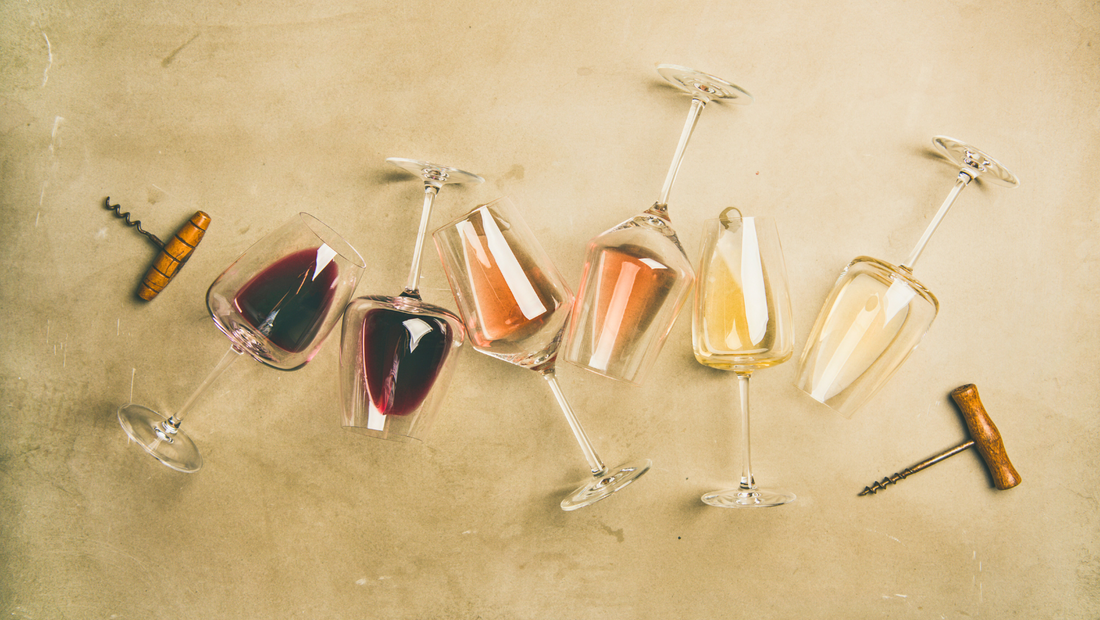
Wine Tasting for Beginners: A Simple Guide to Sip Like a Pro
Wine tasting may seem like an exclusive club filled with intricate rituals and an overwhelming selection of grape varieties - for instance an exquisite wine tasting cruise in NYC. But fear not, budding oenophiles! This guide is tailored just for you, ensuring that your journey into the world of wines is enjoyable, educational, and delicious.
1. Understand the Basics of Wine
Before you dive in, it's essential to grasp some fundamental aspects of wine. Wine comes from fermented grapes, and its character is influenced by the type of grape, the region where it's grown, and the winemaking process.
2. Setting the Scene
While wine tasting can be as informal or formal as you wish, there are a few essentials for a great experience:
- Glassware: A stemmed wine glass is perfect. It allows you to swirl without spilling and to hold the glass without warming the wine with your hand.
- Environment: Choose a place free from strong odors. A neutral environment lets the wine’s aroma shine.
- Appearance: Check the wine’s clarity and color against a white background. This can give you hints about its age and composition.

3. Four S's of Wine Tasting
Swirl: Swirling the wine in the glass introduces oxygen, which releases its aroma.
Sniff: Put your nose into the glass and take a deep breath. Try to identify different scents. A wine's aroma can reveal a lot about its character and quality.
Sip: Take a small sip and let the wine spread across your palate. Try to identify the flavors. Do they match the aromas you sensed?
Savor: Reflect on the wine's aftertaste or "finish." How long does the flavor linger? A longer finish is often associated with higher quality wine.
4. Understanding Flavors
Wines can encompass a range of flavors, from fruits to herbs to spices. Initially, try to distinguish between primary (fruit-forward flavors), secondary (from the winemaking process), and tertiary flavors (from aging, like in oak barrels).
5. Note the Wine's Body
Is the wine light, medium, or full-bodied? This refers to the weight or thickness of the wine in your mouth. For instance, skim milk vs. whole milk can be likened to the difference between a light-bodied and full-bodied wine.
6. To Spit or Not to Spit
At formal tastings, you'll often find professionals spitting out wine. This allows them to taste numerous wines without becoming intoxicated. However, if you're tasting just a few, and responsibly, there's no harm in savoring the full experience! Check if there's a wine tasting menu available to help you discern your options.
7. Broaden Your Horizons
Don't restrict yourself to just one type. Experiment with different regions, grape varieties, and styles. A Pinot Noir from California can taste remarkably different from one in New Zealand.
8. Take Notes and Learn
Document your tastings, jot down what you liked or didn't, and over time, you'll notice patterns about your preferences.
9. Trust Your Palate
Everyone's palate is different. What might taste like cherry to one person might taste like raspberry to another. Trust your senses and enjoy the journey of discovery.

10. Attend Wine Tastings
Many wine shops and wineries offer tastings. These events provide a fantastic opportunity to learn, ask questions, and discover new favorites.
Wine tasting is as much about the journey as the destination. With each bottle, you uncover a story about its origin, the people who made it, and the land it comes from. Embrace the adventure, and remember that the world of wine is vast and waiting for you to explore. Cheers to your vinous voyage! 🍷